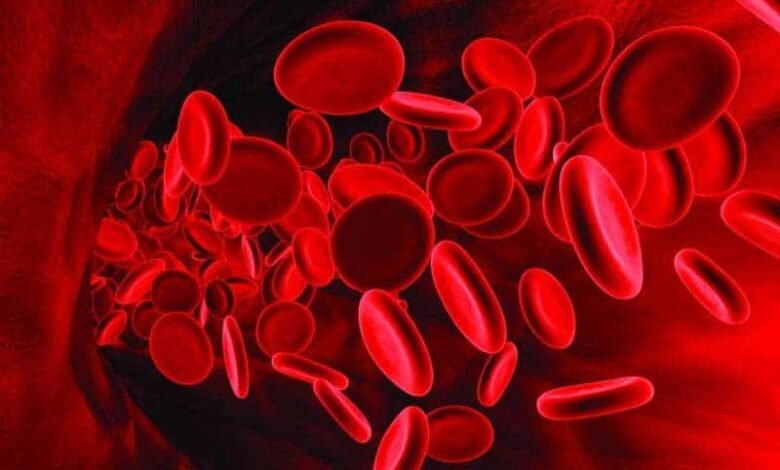Young blood helps against aging

More recently, scientists have been able to prove that the blood of young mice can reverse the aging process in their older counterparts and actually rejuvenate muscle tissue and the brain.
Young blood will make you younger!, – is the conclusion of the scientists. They believe that further development of research in this area will help to deal with heart disease and Alzheimer’s disease, which often affects older people.
“I am extremely excited. This research could completely change our understanding ofaging,” says Rudolph Tanzi, a professor of neurology at Harvard.
Scientists have recently confirmed that this effect is due to the role of stem cells, which have an important relationship to the condition of healthy tissues.
When a tissue is damaged, stem cells help make new cells to replace the damaged parts.
The older a person gets, the worse their stem cell system functions. Nevertheless, a study conducted in 2000 showed that even in old tissues there is a sufficient amount of stem cells.
“They are abundant there,” says Thomas Rendo, a professor of neurology at Stanford. “They just don’t get the right commands”.
Dr. Rendo and his colleagues wanted to understand what signals stem cells in old tissues would receive when in contact with blood from younger organisms.
The results of their experiments showed that the blood of the young mice contained certain substances that could “wake up” the old stem cells and thus stimulate them to renewal of aging tissues.
Amy Wagers, one of the scientists in Rendo’s group, continued the experiments and came to the conclusion that thanks to the blood, the younger specimens, the hearts of the old ones can be rejuvenated.
To determine exactly which substance was responsible for such radical changes, Dr. Wagers carefully studied the blood composition of the mice and was able to isolate the protein GDF11, which was present in abundance in the young mice and practically absent in the older specimens.
Precisely this protein, when introduced into the body of aging mice, caused the renewal of the heart muscles, the muscles on the spine, making them stronger and more durable.
Scientists at Stanford Medical School tested their own research to determine whether introducing young blood could lead to changes in the brains of old mice.
After receiving a portion of young blood, they began to form new nerve cells and intercellular connections in a certain area of the brain – the hippocampus, which plays an important role in the formation of memories.
Dr. Wagers and her colleagues decided to test whether the protein GDF11, responsible for the renewal of muscle tissue and the heart, could also stimulate brain health. It turned out that the protein stimulates the growth of blood vessels and neurons in the brain.
Such tissue renewal can occur in any part of the body, scientists believe. Instead of taking separate drugs for the heart, muscles and brain, you can use the discovery to affect them simultaneously, Dr. Wagers summarizes.
At the same time, scientists must be careful, as excessive activation of stem cells can cause them to increase their numbers uncontrollably.
According to Dr. Toren Finkel, director of the Center for Molecular Medicine, it is entirely possible that the human version of the GDF11 protein could have the same positive effect and become an effective weapon in the fight against aging >.



